
by Gardens of Babylon | Feb 1, 2025
Spring is just around the corner and February is the perfect time to start planning your landscaping for the year! Here are a few tips to get you started in the right direction!
- Except for maples, birches, willows and yellowwood, now is a good time to prune trees.
- Re-shape evergreen shrubs and shade trees, as needed, during the winter dormant period.
- Plant any bare-root plants including fruit and nut trees as well as roses.
- Remove any dead plants or weeds from your garden areas.
- Begin refreshing your mulch. Mulching reduces evaporation, retains moisture in the soil, suppresses weeds, helps with erosion, and adds nutrients to the soil.

To begin your next project, schedule a phone consultation
If you would like to work with your existing designer, simply fill in their name in the “Project Details” section!
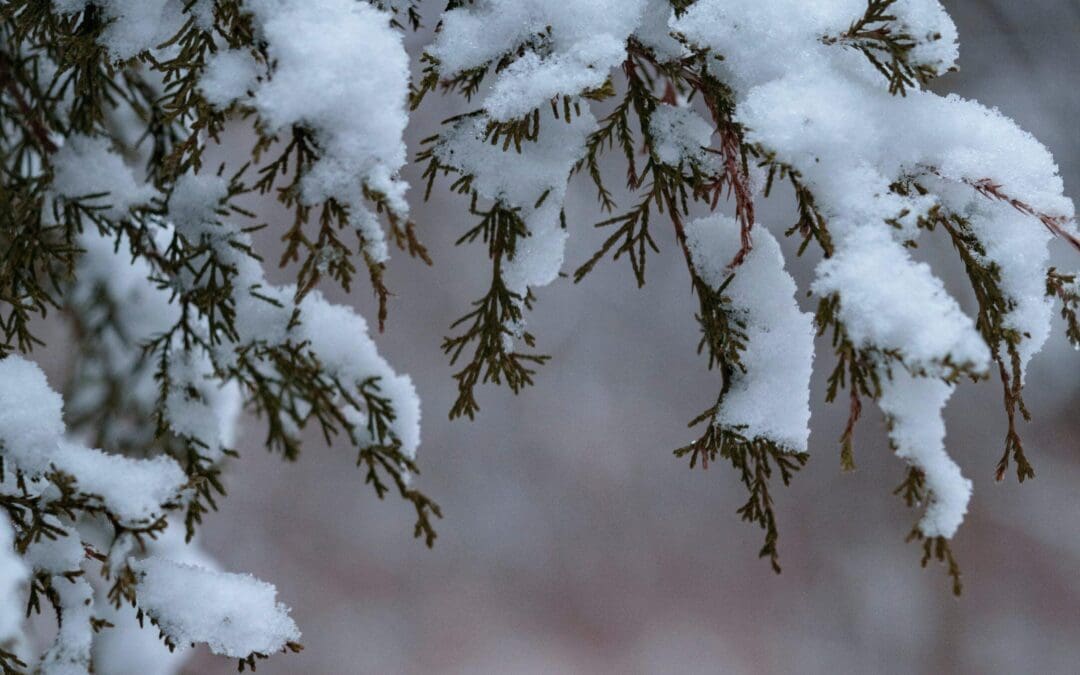
by Gardens of Babylon | Jan 1, 2025
–
Well, you might be thinking, “Winter? Planting trees? That doesn’t sound like a garden party!” But hold on, green-thumb enthusiast. There’s more to this season than meets the eye. Picture it as a cozy slumber party for your trees – a time when they quietly focus on growing strong roots, nestled snugly in their forever homes before the grand awakening of spring. Now, let’s delve into six compelling reasons that make January and February the prime months for winter tree planting.
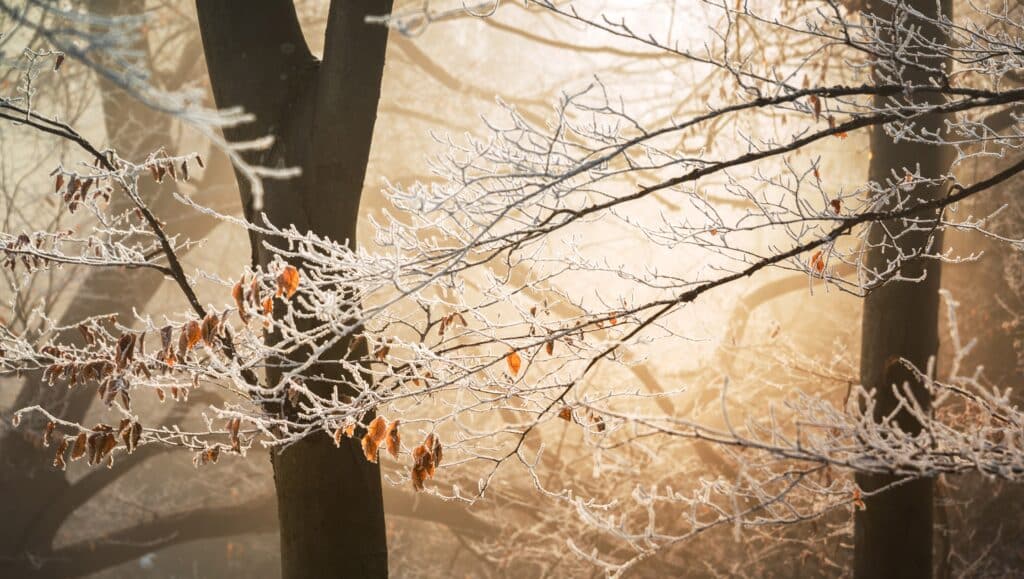
Dormancy and Root Development: Winter is when deciduous trees take a well-deserved nap. During this period, they shift their energy from growing upward to strengthening their roots. By planting in January and February, you provide them with the ideal conditions to establish robust root systems, setting the stage for healthier, sturdier trees in the long run.
Reduced Stress During Transplantation: Transplanting can be a bit of a shock to trees, potentially causing setbacks. However, during winter’s dormancy, this stress is minimized. Trees can settle into their new surroundings without the added pressure of sprouting leaves. This gentle transition fosters better long-term health.
Adequate Moisture: Winter often brings more rain and snow to many areas. Planting trees during these months allows them to benefit from natural moisture, reducing the need for excessive watering. This moisture is crucial for the initial growth of trees, and winter provides a natural advantage.

Cooler Temperatures: Planting trees in cooler weather mitigates the risk of heat stress, especially for young trees. Without the scorching summer sun, they can adjust to their new environment without the added challenge of extreme heat, resulting in a healthier start.
Early Establishment for Spring Growth: January and February planting sets the stage for early spring growth. With well-established roots, trees are ready to sprout new shoots and leaves as temperatures rise. This early start leads to vigorous growth throughout the entire growing season, giving your landscape a jumpstart on lush greenery.
Landscape Planning: Winter provides an excellent opportunity for landscape planning. With deciduous trees shedding their leaves, it’s easier to assess your property’s layout and decide where new trees will have the most significant impact on your landscape design.
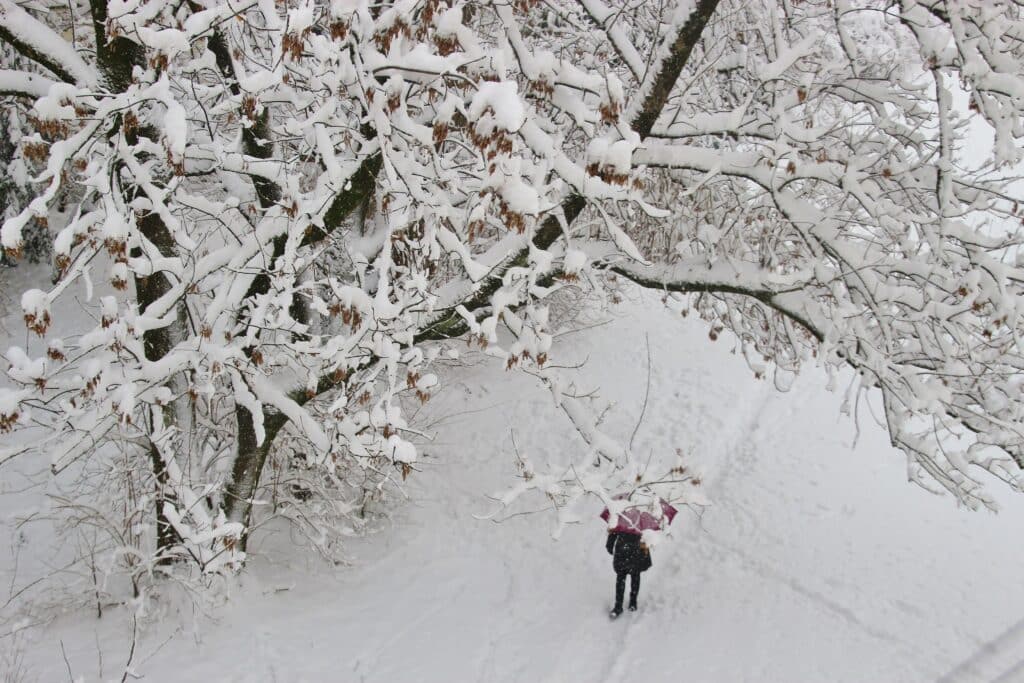
While winter may seem like a time for hibernation in the gardening world, it’s actually a golden opportunity for tree planting. The benefits of dormancy, reduced stress during transplantation, ample moisture, cooler temperatures, early spring growth, and time for planning make January and February the ideal months to kickstart your arboreal projects. Embrace the winter chill and watch your landscape thrive with healthy, vibrant trees in the seasons to come.
Here at Gardens of Babylon, our team of plant experts is ready to assist with all your tree-planting needs. Want to avoid cold hands? Let us do the the work for you — book a consultation here. Our skilled team can upgrade your landscaping this Winter and you can reap the rewards come Spring!
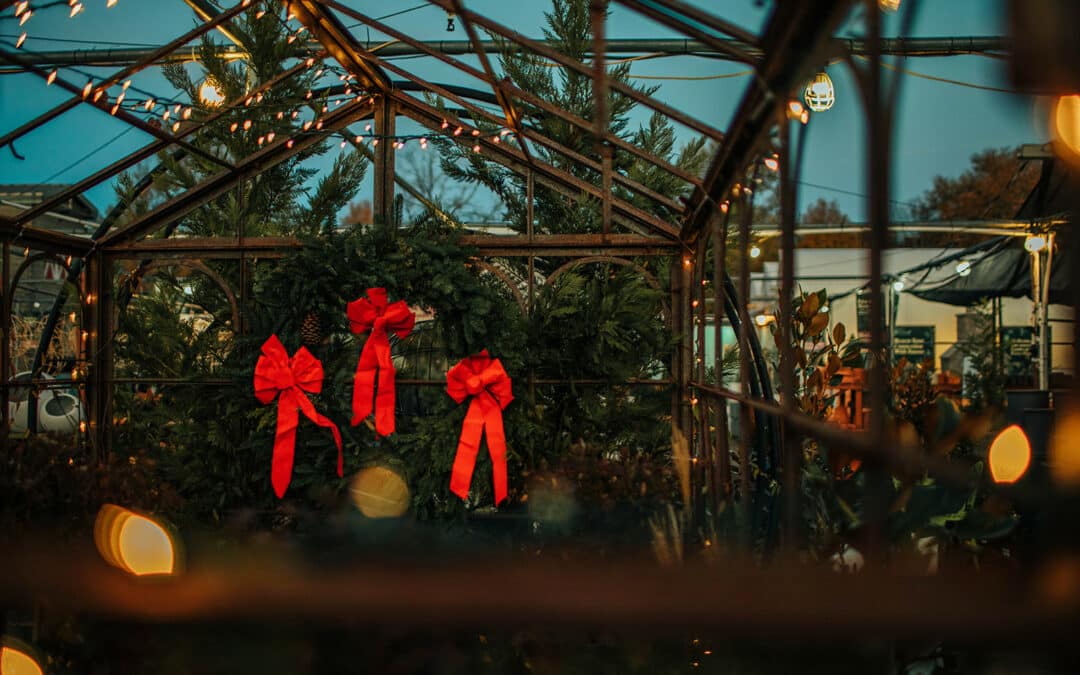
by Gardens of Babylon | Dec 4, 2024
The holiday season is here, and that means seeing the classic festive plants roll into the shop – Poinsettias, Christmas Cactus, Norfolk Pines, and more. But these plants aren’t just holiday decorations! They can live for many years with the right love and care. With these tips, caring for all your holiday plants will be easy as enjoying a slice of your favorite holiday pie:
Poinsettias

Lighting: For the holidays, place your poinsettia in bright, indirect light.
Soil: Plant in a nutritious, well-draining soil.
Watering: Allow the soil to dry moderately between waterings so that the roots don’t stand in water. If your poinsettia came wrapped in colorful foil, punch holes through the bottom of the foil to allow the pot to drain.
Fertilizer: To encourage reblooming, fertilize in spring every 2 weeks!
Tips: Maintain temperatures between 70ºF and 75ºF during the day, with nights no lower than 60ºF—protect the plant from cold drafts.
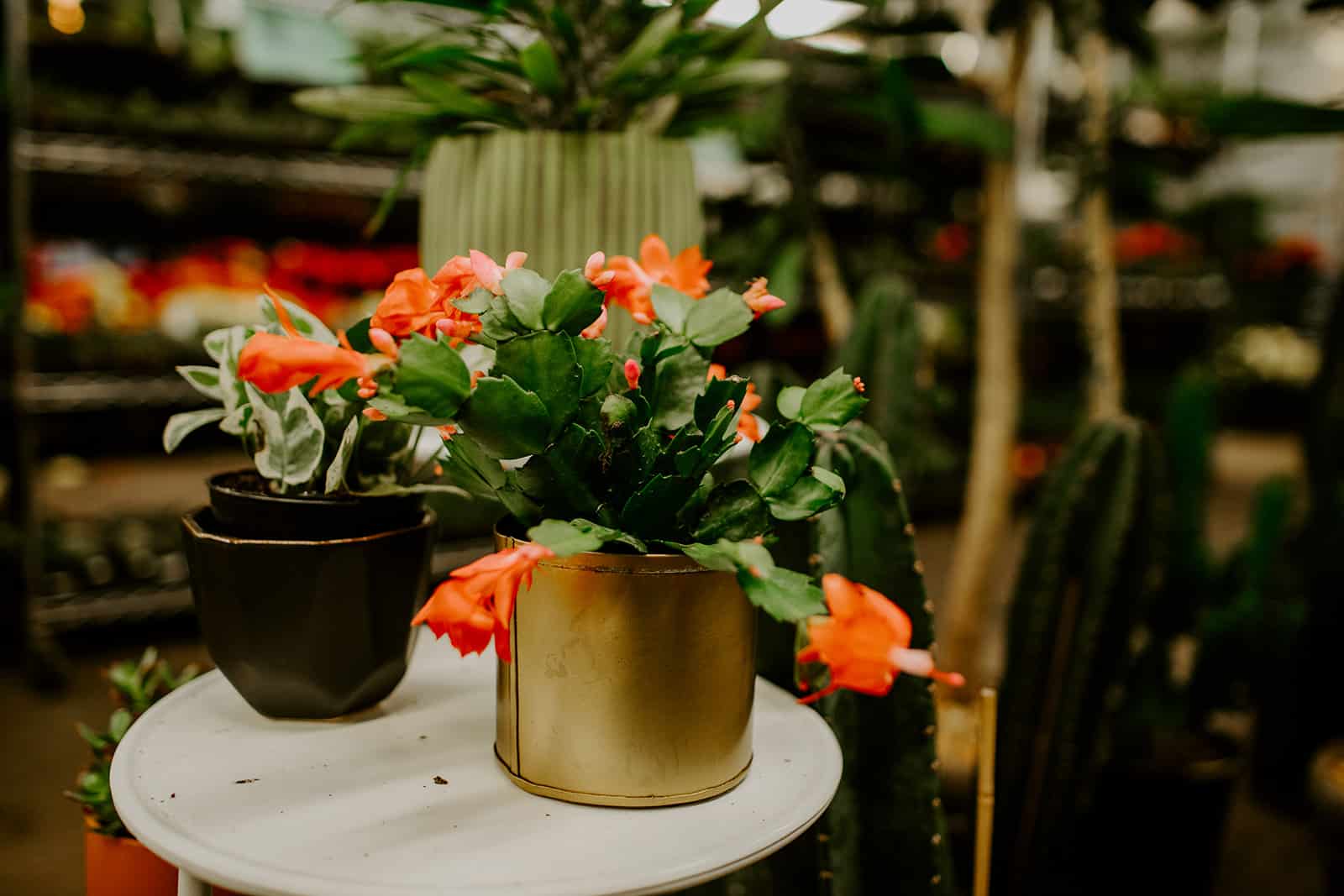
Soil: Use a quality soil rich in humus and other nutrients.
Temperature: Maintain an optimal climate of 65 degrees.
Watering: Keep the soil evenly moist while your plant is blooming, misting it frequently.
Light: Place the cactus in an east-facing window for moderate light and some direct sun.
Fertilization: Apply a high-potassium fertilizer every two weeks once buds form.
Cyclamen

Soil: Use a quality soil that is well-draining.
Temperature: Maintain an optimal climate of 65 degrees.
Watering: Keep the soil evenly moist while your plant is blooming, but do not overwater!
Light: Place your cyclamen in a cool spot with bright light, but not direct sun.
Fertilization: Apply a houseplant fertilizer every couple months in the growing season.
Amaryllis
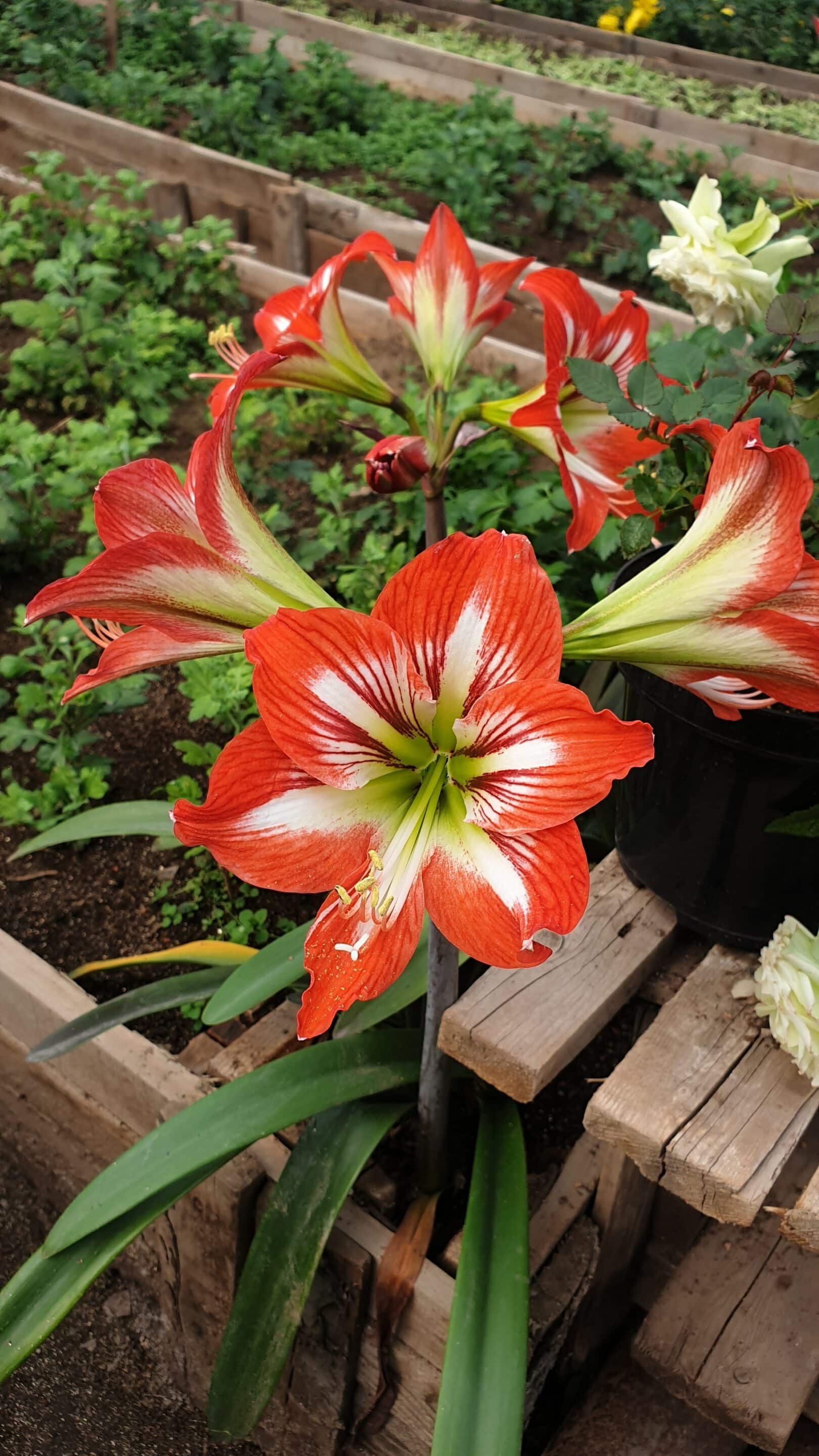
Soil: Use a quality soil that is well-draining.
Temperature: Maintain an optimal climate of 65 degrees.
Watering: Water enough to keep the soil moist, and avoid wetting the bulb that is above the soil.
Light: Place your amaryllis in the sunniest spot you can find in your house!
Fertilization: Apply an indoor plant fertilizer every 2 weeks to promote reblooming.
Norfolk Pine

Light: Indoors, Norfolk Island pine tolerates medium to bright light, but does best in brighter spots.
Watering: Like most houseplants, it’s best to water Norfolk Island pine when the top inch or two of the soil is dry. Avoid keeping the soil wet all the time, as this can encourage root rot.
Humidity: While these trees tolerate average household humidity, they really thrive with a little extra moisture in the air than you typically find indoors, especially during the winter.
Soil: Use a quality soil that is well-draining.
Fertilization: Apply a houseplant fertilizer every 2 weeks in the growing season.

by Gardens of Babylon | Dec 1, 2024
–
If you’re in the Southeast like we are, you know how unpredictable the weather can be (especially this time of year). It might be snowing one day and 70 degrees and sunny the next! While the weather can be unpredictable, it’s still best to be consistent with your landscape maintenance – yes, even in the Winter! Here are some garden-related chores to tackle this month:
- Continue to mulch leaves from your lawn. Mulching leaves is much better for your yard – and the environment – than raking. Shredding up leaves enriches the soil as they break down, supports insects like butterflies and moths that overwinter in the leaf litter, and saves time (and your back!). While you can buy a leaf mulcher, it could save you time and money to simply run over the leaves with your lawnmower to chop them up!

- Plant shade trees, fruit trees and evergreen shrubs. While you can often continue planting even after the snow falls, some days might feel too cold for that. Get a head start this December before you freeze your fingers off! So, get a head start this December before you freeze your fingers off. Not sure what plants would go best in your yard? Check out our previous blog post all about native trees to plant this fall. If you’re still unsure or have more questions, reach out to us or visit our store in downtown Nashville. We’re happy to help!

- Plant tulip, hyacinth, grape hyacinth, and daffodil bulbs. Most people think of Spring and Summer as the times to plant. While these floral beauties bloom in the Spring, it’s important to plant them during the optimal window, which is about six weeks before hard frost freezes the ground. Need tips on planting bulbs? Check out our bulb-planting blog!

- Relocate established plants, and continue planting balled and burlapped trees and shrubs. This is the ideal time to move and plant trees and shrubs — they’ve gone dormant until Spring, which minimizes the risk of stunting their growth. Additionally, consider making a sustainable choice by repurposing your live Christmas tree after the holidays. Many cities, including Nashville, offer tree drop-off locations where the trees are repurposed, either as mulch or as habitats for fish in local lakes.

- Provide food and water to your area’s Wintering birds. Some common birds that stick it out for Tennessee Winters are the American Robin, Blue Jay, Song Sparrow, and many more. Depending on the bird, they may enjoy seeds, nuts, mealworms, and a host of other foods. Take a look at the birds in your area and research what foods are most enjoyed by the birds you want to attract. If you have children or grandchildren, feeding the birds could be a fun activity to do together over the holidays.

Most importantly, sit back and enjoy the holiday season! Let your lawn take a breather while you spend quality time with loved ones. Once Spring rolls around, you’ll reap the rewards of your hard work. Plus, you’ll be the envy of your neighbors as your healthy, well-cared-for yard and garden spring to life, getting a head start on the growing season!
If you’re ready for a landscape makeover, or want help with a seasonal clean-up or keeping your yard looking beautiful year-round, book a consultation with us!

by Gardens of Babylon | Nov 4, 2024
–
We’ve all seen it — a once-beautiful Crepe Myrtle now cropped and chopped in a not-so-nice way. “Crepe murder” is often done because the tree is too big for its space or because people think it will make the tree bloom more heavily. But there are better ways — don’t commit a crime against a tree. Here’s how to prune Crepe Myrtles:

Why do people prune Crepe Myrtles poorly?
If you live in the Southeastern United States, you’ve probably seen hacked Crepe Myrtles while walking through your neighborhood. They’re chopped thickly, leaving large stubs instead of naturally tapered limbs. Some people prune their Crepe Myrtles harshly because they think it will promote more heavy blooming, while others may prune them this way simply because the tree grew too large. But chopping the limbs of your tree with a chainsaw to shorten it or to induce blooming actually produces “knuckles” on the tree. These knuckles lead to weak, drooping branches unable to support the tree’s beautiful flowers.


How should you prune Crepe Myrtles correctly?
You should only prune your Crepe Myrtles to maintain the tree’s natural form. As mentioned above, avoid severe pruning and focus on selective thinning. Here are some tips:
- It’s best to prune in Winter before new growth starts.
- Remove dead, diseased, or crossing branches.
- Thin out crowded branches to improve air circulation.
- Avoid topping or heading the tree, as this can lead to weak, leggy growth and reduced flowering.
Check out Southern Living’s
guide to pruning Crepe Myrtles if you want to do it yourself!

How do I prevent poor pruning practices?
There are a few preventative measures you can take to avoid crepe murder. Starting before you purchase your tree, find out the mature height of your tree. Some Crepe Myrtle varieties only reach 15-20 feet while others can exceed 30 feet. If you have an existing Crepe Myrtle and you feel like it is getting too big, you can transplant it to give it some more room. Crepe Myrtles respond quite well to transplanting if done correctly!
Do your research, and remember that you can always cut more, but you cannot go back if you prune too much! And if you want the experts to handle your pruning for you, reach out to us! Our maintenance teams are highly skilled and can safely and accurately prune not only Crepe Myrtles, but all kinds of foliage. Book a consultation today!
























